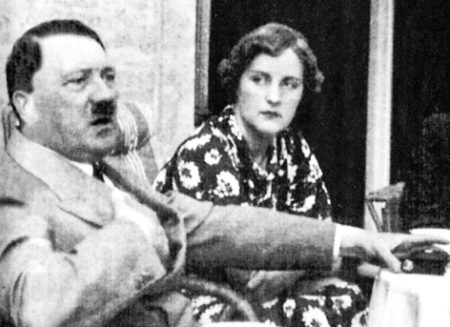I introduced you briefly to the famous (some would say infamous) Mitford sisters several years ago in my blog, British Fascists and a Mitford (click here to read the blog). It was the story of an English noble, Sir Oswald Mosley, and his wife, Diana who were staunch supporters of Hitler, Nazi Germany, and fascism. Diana Mosley was one of the six Mitford sisters.
Like the modern-day Kardashians, the Mitford sisters were well-known, extensively covered by the press, and considered to be “socialites.” I suppose today they would be called “celebrities.” As war with Germany approached during the 1930s, the antics of several sisters were widely covered in print and photos by the English press (no social media or television back then). In fact, the press branded one of the sisters as “Hitler’s girlfriend.” Unity Mitford wore that label proudly. Several of the other sisters held extremist views and were just as controversial.

Did You Know?
Did you know that the last survivor of the Führerbunker recently passed away?
Johanna Ruf (1929−2023) was fifteen when she entered the bunker in April 1945. Hitler used the bunker as his last headquarters and residence beginning 16 January 1945 and by April, Joseph Goebbels and his family had moved in. Read More The British Kardashian Sisters
